On the Southern Coast of New Zealand, the tiny, picturesque village of Omaui has announced a plan to ban all domestic cats by 2050.
Needless to say, cat owners are in an uproar and many play to disobey the law if it is voted in. Residents have until October 26th to state their arguments against the proposed initiative.
There are currently about 35 people in the village and an estimated 8 or 9 registered house cats, although they are not necessarily restricted to the indoors.
The issue prompting this is the feral cats that are regularly abandoned in the coastal village. For uncaring humans dumping these felines, it conveniently sits within a nature preserve at the end of a secluded stretch of road.
But why does the regional council, Environment Southland, believe eradicating ALL cats is the right move?
In their Biosecurity Strategy Pest Management Plan, they’ve included felines in the “harmful species” category. This is all animal, plant and marine life that pose a major threat to the region, both ecologically and economically.
They define these species as “a subject that is capable of causing damage to a place”. Their goal for these are to be “excluded or eradicated from that place, or contained, reduced, or controlled within the place to an extent that protects the values of that place.”
The main reasoning for the ban would be to protect native wildlife, including smaller animals, birds, insects and reptiles.
While free-roaming cats are likely to make an impact on our environments, completely eradicating cats from the population is NOT the answer to us.
According to the proposal, residents of Omaui would be required to spay/neuter, microchip and register their pets within 6 months of it taking effect. THIS we can get behind.
HOWEVER, once the cat passes away, you would not be able to replace the cat with another. Also, anyone moving to the area that had cats would be made to get rid of them first. WHAT?!
This is as ridiculous to us as it is to the cat loving residents.
According to Newshub and the Otago Daily Times, numerous locals disagree with the initiative and their reasons resonate with us deeply.
“You’re just told one day that your cats, your treasured little possessions… really, that’s it. Either they get trapped in the traps, or those that survive can’t be replaced,” resident Terry Dean stated.
Resident Nico Jarvis said she would not comply with the council’s rules. Owning three cats was the only way to combat the ”intense” rodent problem in the area, she said.
”It doesn’t matter how many [rodents] I trap and poison, more just keep coming in from the bush. They chew into your house, you can’t get rid of them. If I cannot have a cat, it almost becomes unhealthy for me to live in my house,” she said.
Mr. Dean is a local resident who has lived in Omaui for 35 years. He told the New York Times that the community had not been properly consulted about the proposal, and that divisions over it had made things in the town “a bit awkward.”
“Once you lose the cats, you’ve lost the ability to control the nasties in the bush,” he said. “They do a marvelous job keeping the rodent population under control.” His beloved feline, Mr. Whiskers, being one of them.
The supporters of the plan assure the public that “We’re not cat haters, but we’d like to see responsible pet ownership and this really isn’t the place for cats,” said John Collins, of the Omaui Landcare Trust to Newshub.
“We want our environment to be wildlife-rich. Native wildlife is disappearing rapidly around the country and places like this where people still live and enjoy and hear the birdsong are probably few and far between,” Mr Collins said. He admits that native birds had been ”ripped to pieces” by cats on his front lawn.
Security cameras within the town limits have also shown local wildlife being caught by stray/feral cats. TNR (Trap-Neuter-Return) is an obvious answer to control the feral population, but denying people to have house cats as pets is cruel to us.
Dr. Peter Marra, head of the Smithsonian Migratory Bird Centre, explained the issue to BBC News.
“Cats make wonderful pets – they’re spectacular pets! But they shouldn’t be allowed to roam outside – it’s a really obvious solution. We would never let dogs do that. It’s about time we treat cats like dogs.”
“It sounds extreme,” he says. “But the situation has got out of control.”
He believes cat-lovers around the world need to embrace a “different mind-set” toward the animals. They should be adopted where possible, then neutered and exercised at home using toys, or in a controlled environment – for example, on a leash.
“This predicament is not the fault of cats – it’s humans’ fault,” he insists.
The Environment Southland’s Facebook page posted about the new plan, encouraging residents to weigh in. So far, there have been some great points brought up about the fact that poison, vehicles and most significantly, humans, are also dangerous to native species.
Environment Southland created and shared a YouTube video back in 2016 when they first announced designs for the plan.
So what are your thoughts?




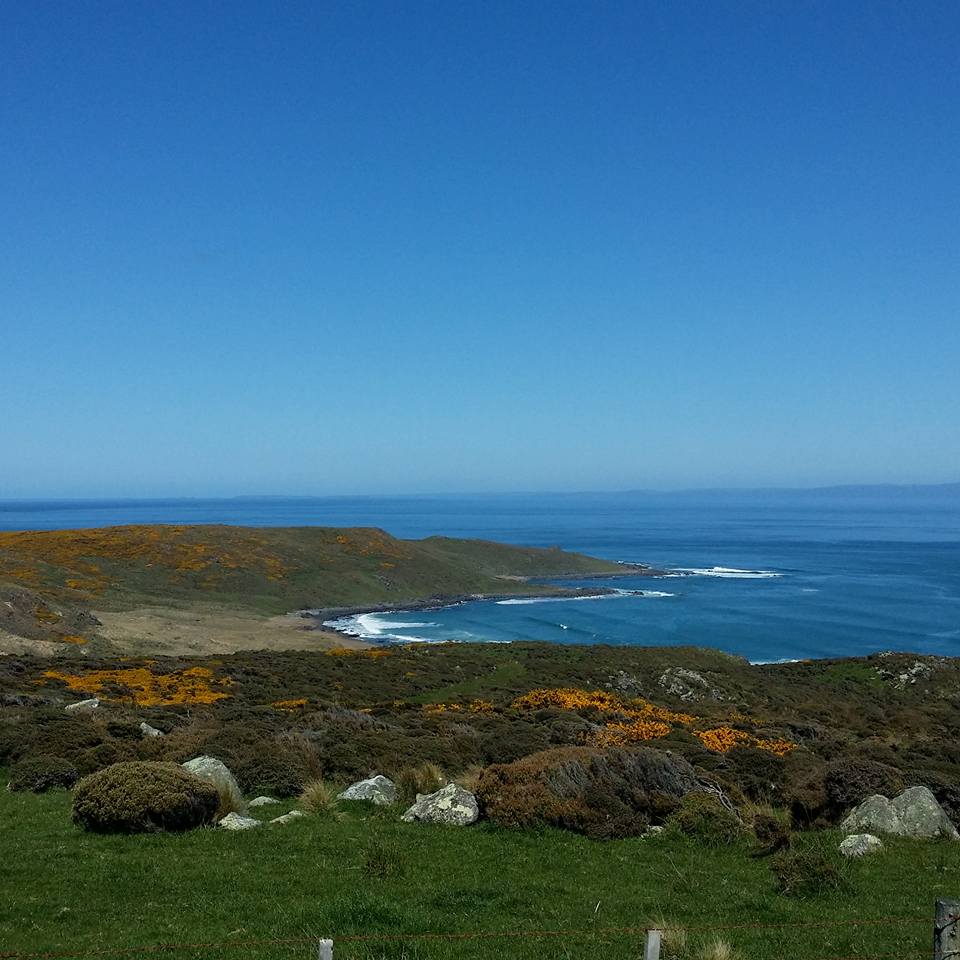

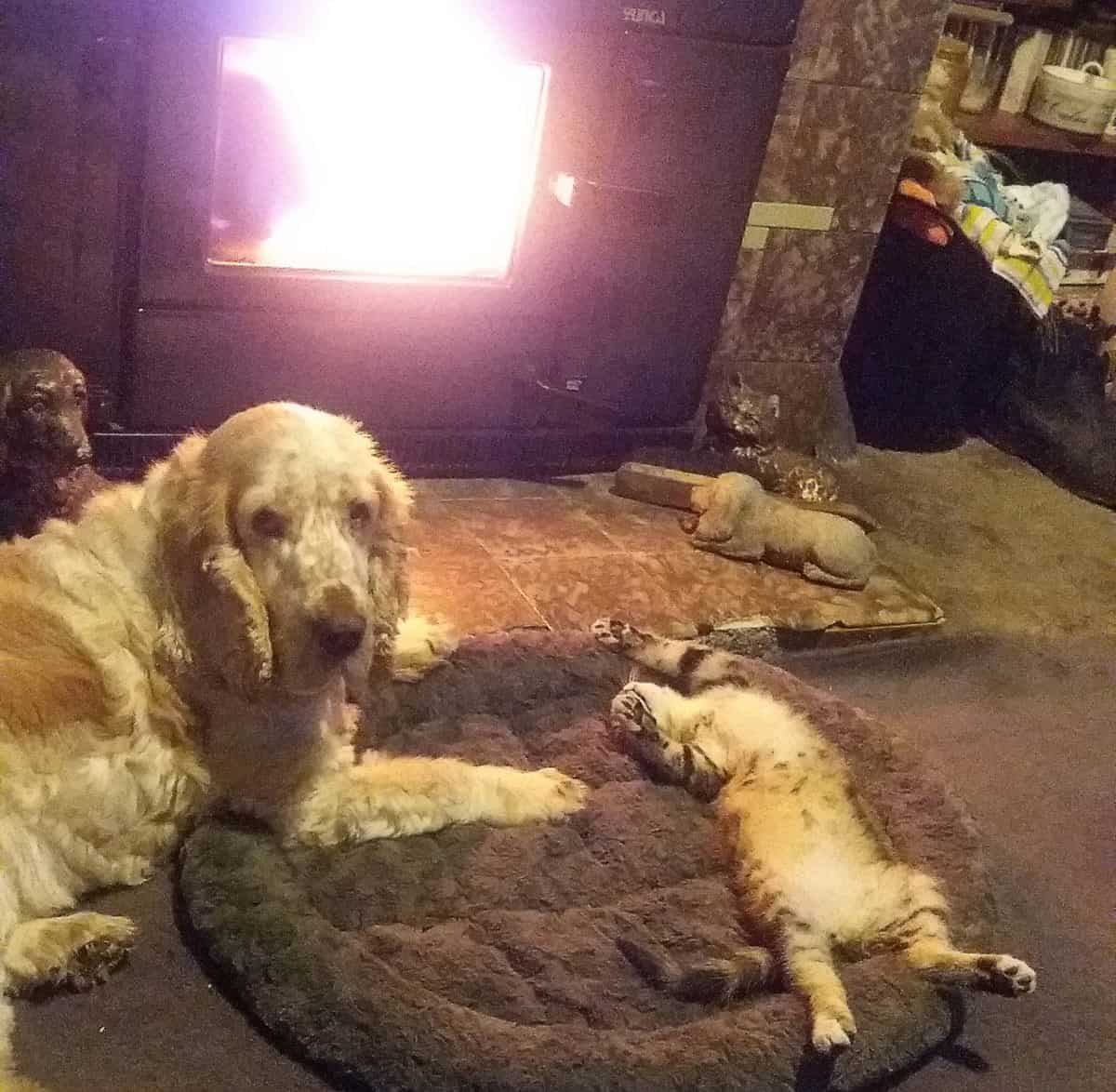
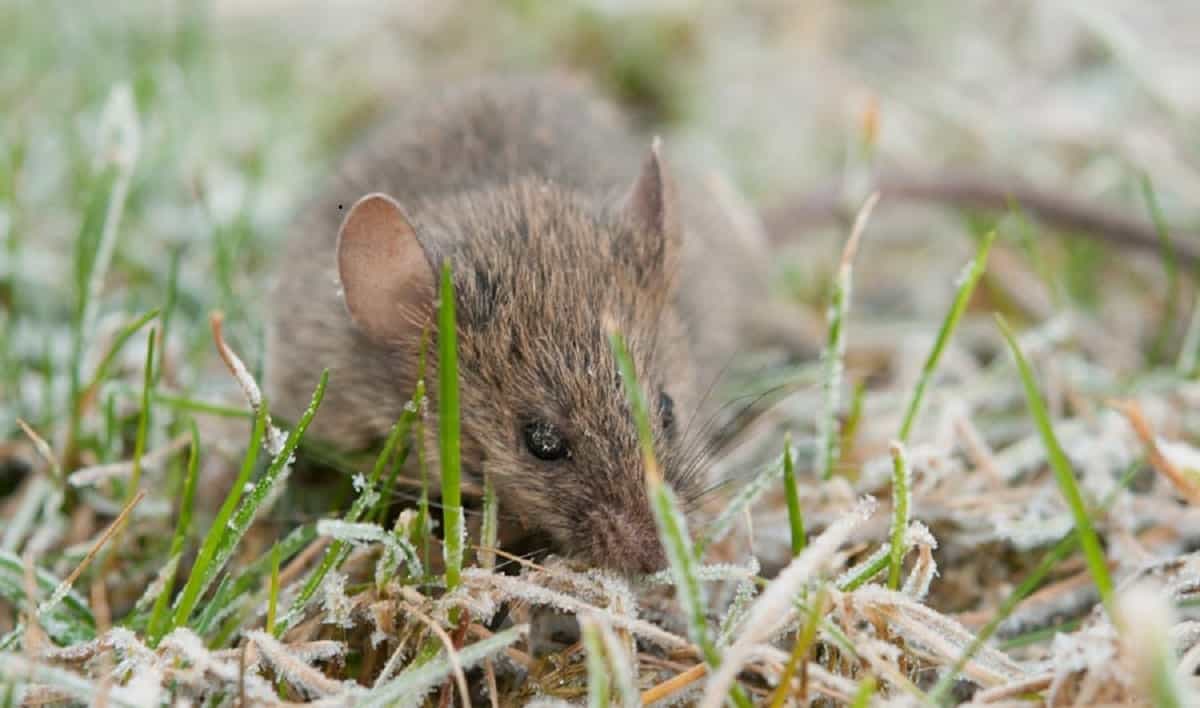

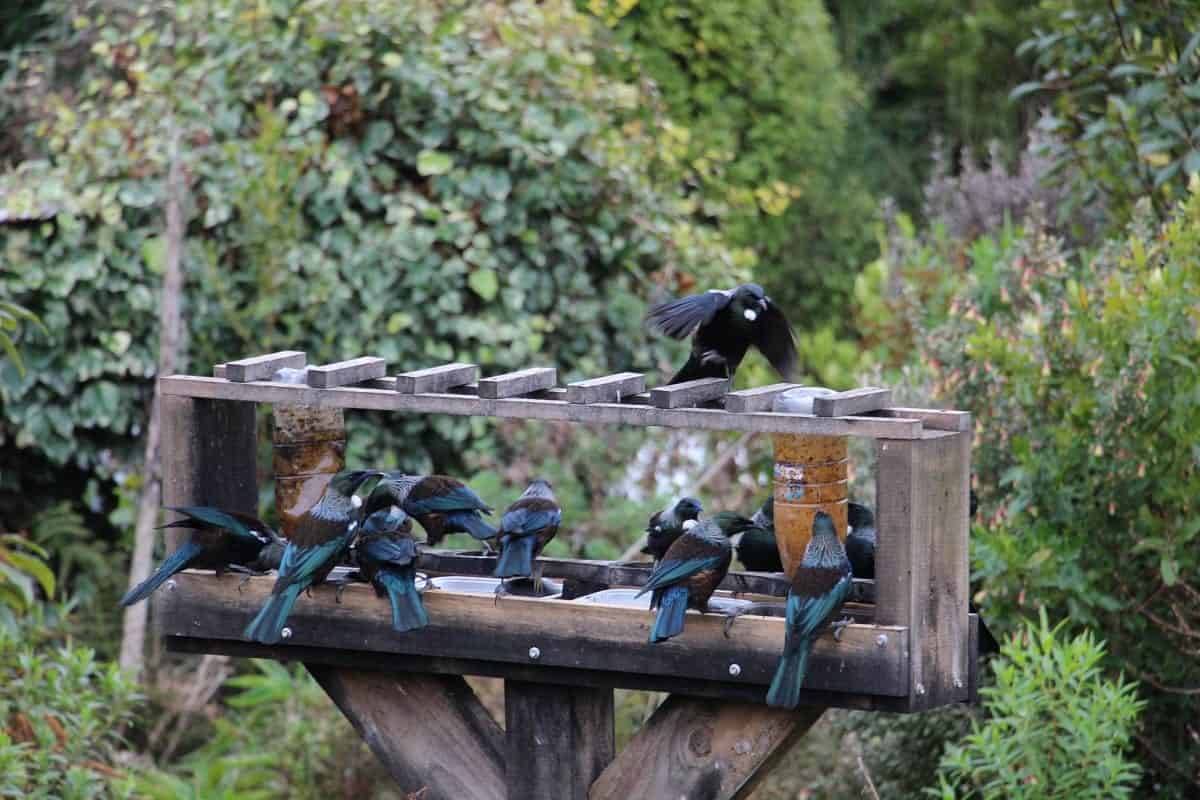
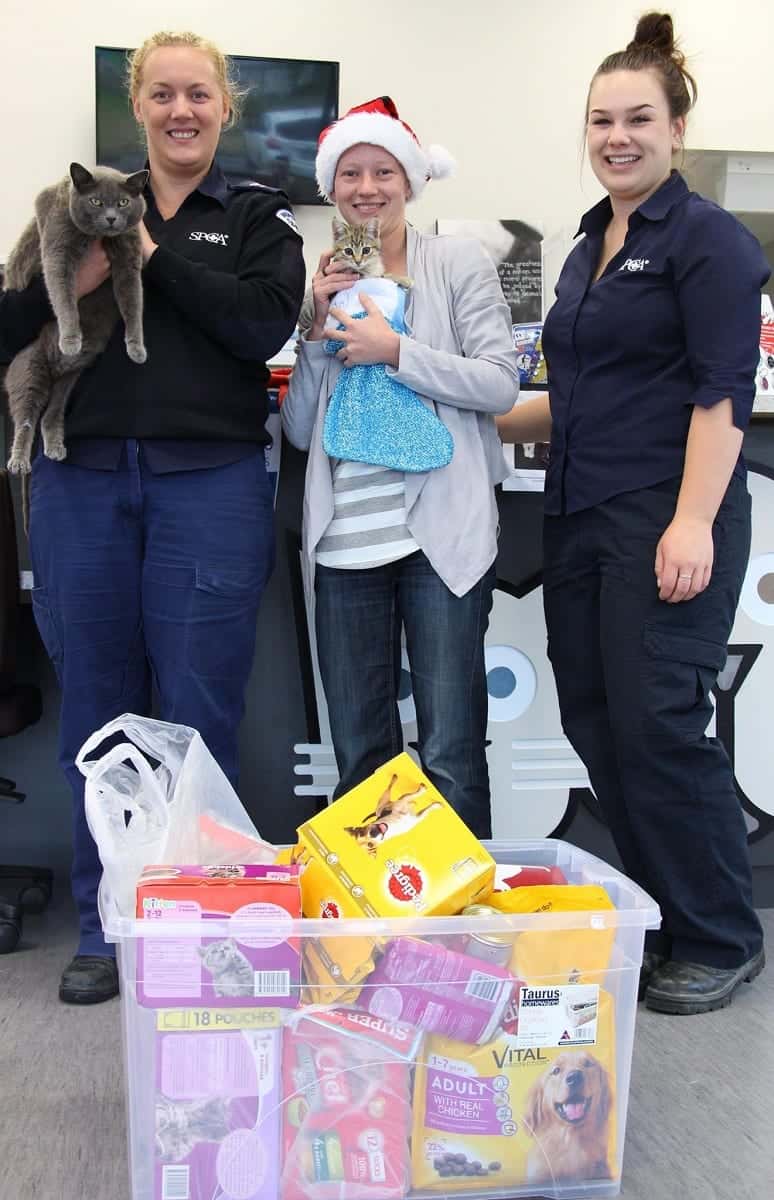
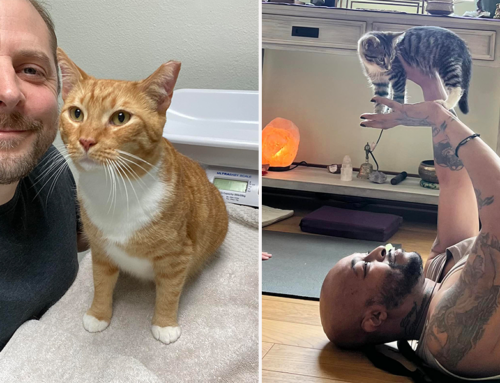
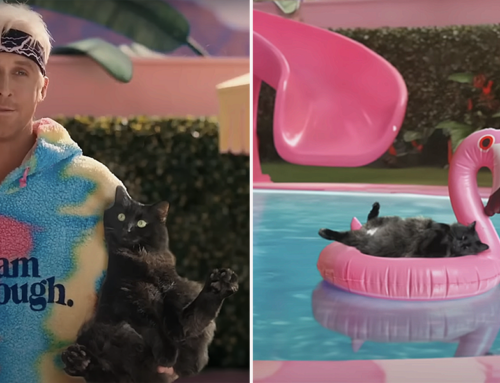


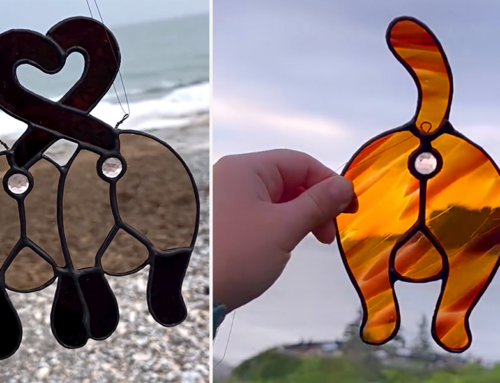
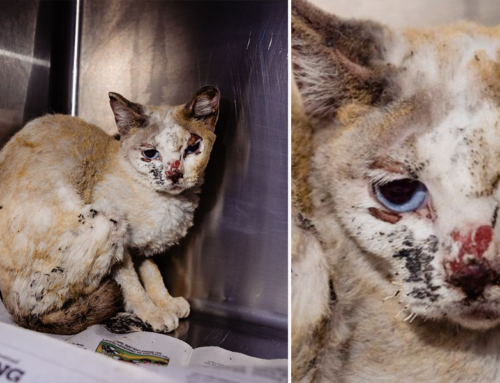
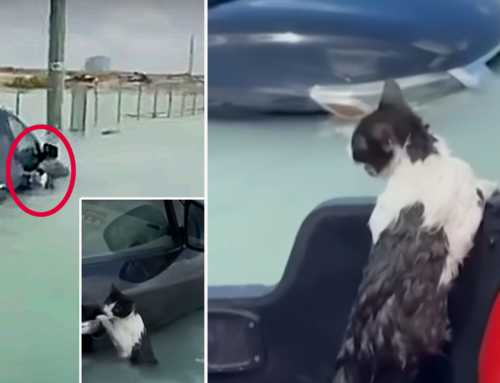
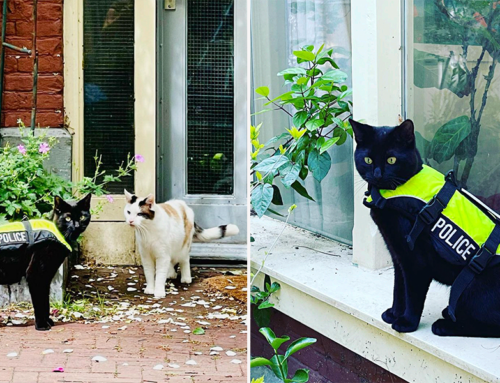
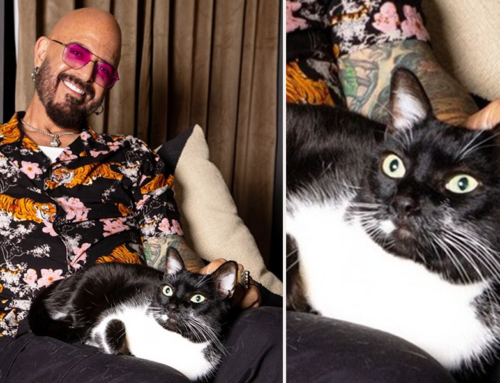

I so hope this proposal never passes. It is horrible to ban cats even indoor cats.
They need to be reminded about the history of the plague in Europe. Due to superstition a huge number of cats were killed. The rat population exploded. This time it may not be superstition, but no matter the reason this is very wrong and prejudicial. All is needed is a bit of tolerance and common sense. They are punishing the responsible cat owners who keep their cats indoors, spayed, neutered, and microchipped. There are leash laws for dogs. Why not make just make a requirement to keep them indoors or on leash when out. There has to be a hidden agenda here somewhere. This just doesn’t make sense.
I would understand banning cats from free roaming outside – for the sake of the unique wildlife. I would understand ordering microchipping every cat and ticketing those residents, whose cat has been spoted outside of his house or/and his catio. To me that would be reasonable, I get the concept of indigenous species endangered by species brought somewhere by men.
But banning cats altogether? Whose idea was that? What on earth was he/she thinking?
No, no and no,
Yeah, ask medieval Europe in hindsight, how they feel about cats, after that whole bubonic plague debacle.
The plague was caused bij Rats, not Cats
She likely meant that by getting RID of the cats, the rats were allowed to breed and takeover, causing the plague. =(
As with other comments, banning cats is not the best idea. Stray/feral cats are the result of HUMAN activity, whether abandoning a cat or not getting the cat neutered/spayed. The greatest threat to any wildlife population is HUMAN activity. Typical human mentality, cause the problem; put the blame on something else. All cat owners should be required to spay/neuter and build a catio if they want their cats outside. Catch as many strays and ferals as possible and put them in a sanctuary or if possible, up for adoption. As pointed out by one person, taking the cats away will allow rodent populations to explode. Nature has adapted to the domestic cat. They fill a niche as predators of small rodents. Remove the predator and the rodent population will explode. Another point is that if you get rid of cats, you should stop people from feeding birds. No telling what’s in the bird seed regarding chemicals and bird seed also attracts other animals. Stop putting the blame on the cat and put it where it belongs, on the humans. Start by looking at the HUMAN population, the HUMAN explosion, the HUMAN destruction of Nature, of environments, of wildlife.
Well said Tami. Humans are the ones creating all the world’s problems, not cats or any other animal. We are the worst animal on earth pure and simple.
Move away, boycott every business in town, make roadblocks, force the town into bankruptcy.
Well that’s not ideal for anyone =/
It sounds like the biggest problem is that of unwanted cats being dropped off there. That’s the activity that needs to be stopped. I don’t know what could be done to stop that, but the responsible cat owners shouldn’t be punished for it.
Also, why ban replacing cats that have died? This sounds more like someone with an anti-cat or anti-domestic pet agenda.
I love the idea of banning vehicles. Even in a town that small, the people are going to want to drive somewhere at some point and they won’t be able to unless there is parking outside the city where they can walk to their car. TNR, chipping and spaying/neutering are good ideas. Anyone who does TNR and spays/neuters their cat(s) and keeps them indoors (the city probably has a leash law, which where I live, includes cats) can live without fear of reprisal in the city. With everyone doing TNR the cat population will be manageable.
I don’t normally weigh in to these sorts of discussions but I feel compelled to give my ten cents worth here.
Before I begin, I just want to say that I am a fully-fledged, card-carrying, cat-cuddling, kitty mumma of 2 black and white moggies (domestic shorthair cats) which my husband and I adopted 4 years ago. They are my children, no question! They are also indoor only cats and are provided with enrichment through daily indoor play sessions, an outdoor enclosure and walked on a harness every other day.
Having said all that, I am also a manager of protected areas in Australia and I can completely understand the frustration and heartbreak this town is facing when it comes to managing rapidly dwindling populations of threatened birds and critical-weight-range mammals/marsupials (ie. possums, gliders, potoroos, quolls, wallabies etc). It’s definitely a people problem, but unfortunately, they’re the hardest ones to fix!
Dr Peter Marra is absolutely right when he says cat owners need a wake up call and change their behaviour. This would solve some of the issues we have here in Australia (and probably New Zealand as well) but, unfortunately, the feral cat population here is so large that other interventions are necessary if we want to keep some of our magnificent native species off the extinction list:-( There’s no easy solution to this.
BTW, love your work Jess and Chris! I often direct fellow cat people to your website with the comment/advice, ‘now this is how you do it when it comes to being a cat guardian’:-)